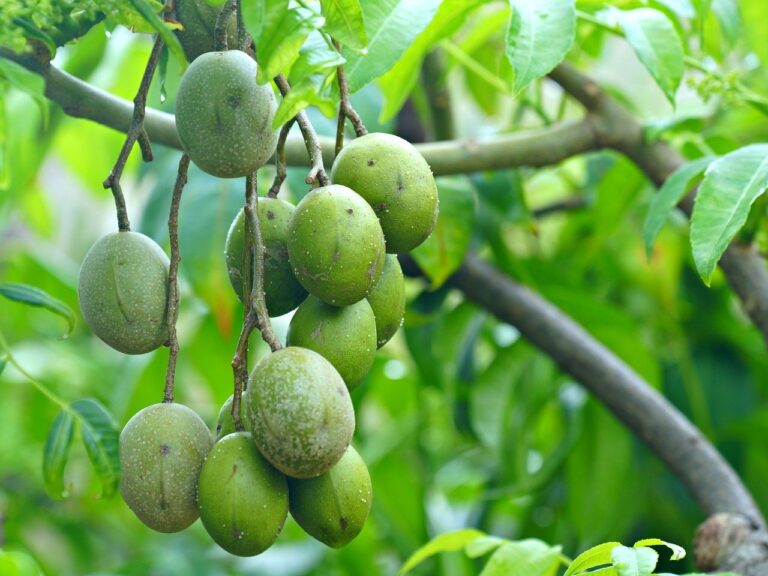The Future of Urban Agriculture: Vertical Farming and Hydroponics
Traditional agriculture faces numerous challenges when practiced in urban areas. Limited land availability is a significant obstacle, as urban spaces are often scarce and expensive. This limitation restricts the amount of land that can be used for farming, potentially hindering the scale of production and efficiency of traditional agricultural practices. Additionally, urban environments are also prone to issues such as pollution, noise, and competition with infrastructure development, all of which can adversely impact the quality and quantity of crops grown through traditional methods in urban settings.
Another challenge faced by traditional agriculture in urban areas is the lack of access to essential resources like water and sunlight. Urban areas are densely populated and characterized by tall buildings that can obstruct sunlight from reaching crops, affecting their growth and development. Moreover, water scarcity is a growing concern in many cities, and traditional farming methods that rely heavily on irrigation may struggle to cope with limited water availability. These challenges highlight the need for innovative and sustainable approaches to urban agriculture to ensure food security in rapidly urbanizing environments.
Advantages of vertical farming over traditional methods
Vertical farming offers numerous advantages over traditional agricultural methods. One of the primary benefits is its space-efficient nature. By stacking plants vertically in controlled environments, vertical farming maximizes land usage, making it ideal for urban areas where space is limited. This method allows for higher crop yields per square foot compared to traditional horizontal farming, thereby increasing overall productivity.
In addition to maximizing space, vertical farming also provides better control over environmental factors. With the ability to adjust lighting, temperature, and humidity levels, vertical farms can create optimal growing conditions for plants year-round. This precision in environmental control minimizes the impact of external factors such as weather fluctuations or pests, resulting in more consistent harvests and higher quality produce.
Benefits of hydroponics in urban agriculture
Hydroponics offers numerous advantages for urban agriculture. Firstly, this method allows plants to receive a precisely balanced nutrient solution directly to their roots, resulting in faster growth rates and higher yields compared to traditional soil-based farming. Additionally, hydroponic systems require significantly less water than traditional farming methods, making them an environmentally sustainable option for urban areas where water scarcity is a growing concern.
Moreover, hydroponic systems can be implemented in various urban settings, including rooftops, indoor spaces, and even vertical farms. This versatility maximizes the use of limited urban space and enables year-round production of fresh fruits, vegetables, and herbs. By reducing the need for large plots of land and optimizing resource efficiency, hydroponics proves to be a viable solution for enhancing food security in urban areas.
Hydroponics allows plants to receive a precisely balanced nutrient solution directly to their roots
Faster growth rates and higher yields compared to traditional soil-based farming
Requires significantly less water than traditional farming methods
Environmentally sustainable option for urban areas facing water scarcity concerns
Moreover, hydroponic systems can be implemented in various urban settings:
Rooftops
Indoor spaces
Vertical farms
This versatility maximizes the use of limited urban space and enables year-round production of fresh fruits, vegetables, and herbs. By reducing the need for large plots of land and optimizing resource efficiency, hydroponics proves to be a viable solution for enhancing food security in urban areas.
What are some challenges of traditional agriculture in urban areas?
Some challenges of traditional agriculture in urban areas include limited space, soil contamination, and high land costs.
What are the advantages of vertical farming over traditional methods?
Vertical farming allows for more efficient use of space, reduces water usage, and can be done year-round regardless of weather conditions.
What are the benefits of hydroponics in urban agriculture?
Hydroponics in urban agriculture offers higher yields, faster growth rates, and the ability to control nutrient levels for optimal plant growth.
How does hydroponics help address the challenges of traditional agriculture in urban areas?
Hydroponics can be done in small spaces, eliminates the need for soil, and reduces the impact of soil contamination in urban areas.
Is hydroponics a sustainable method of urban agriculture?
Yes, hydroponics is a sustainable method of urban agriculture as it requires less water, eliminates the need for pesticides, and can be done using renewable energy sources.







